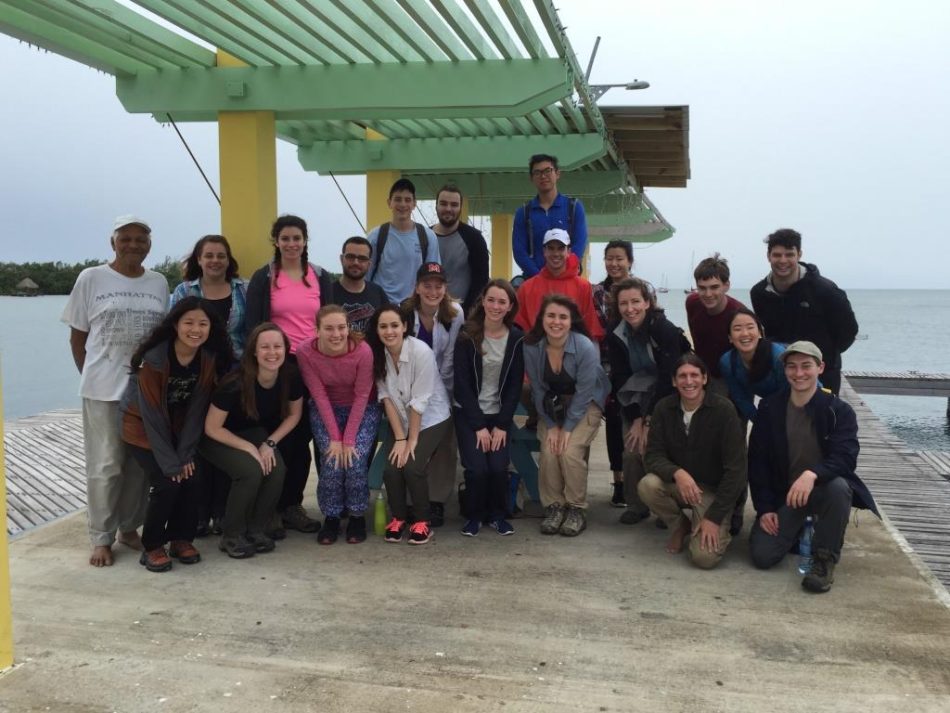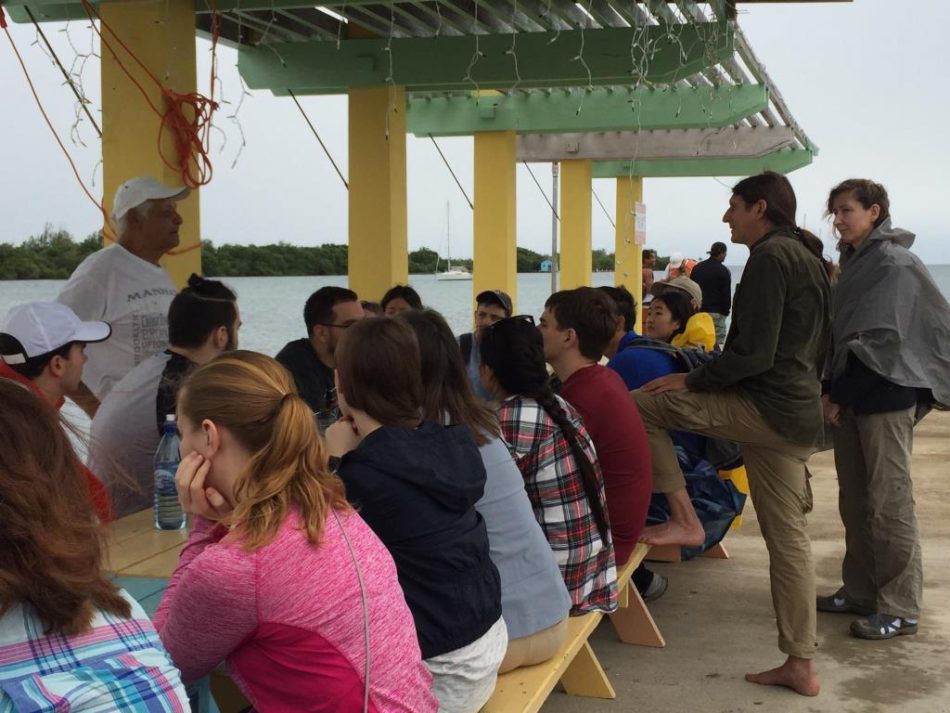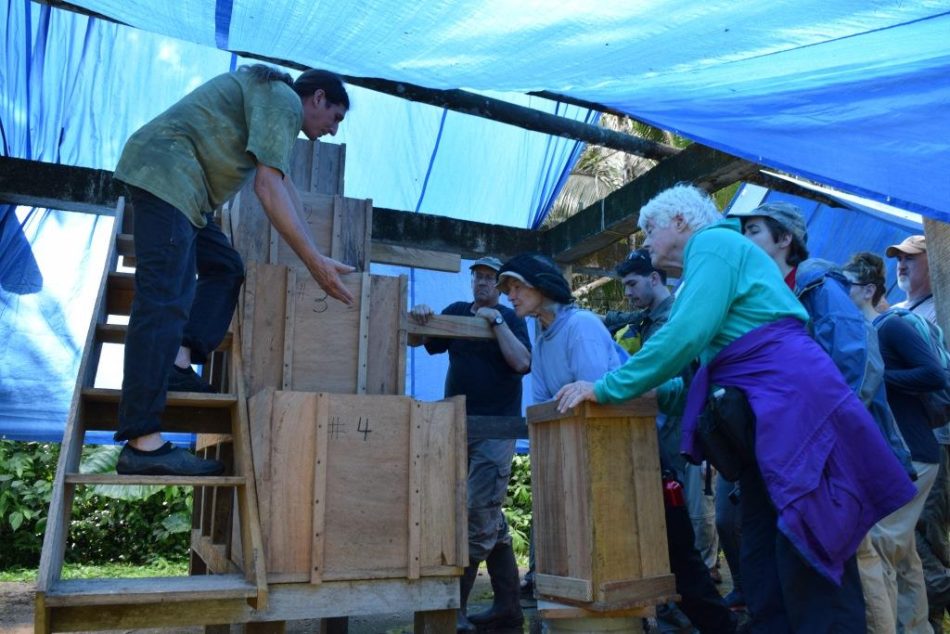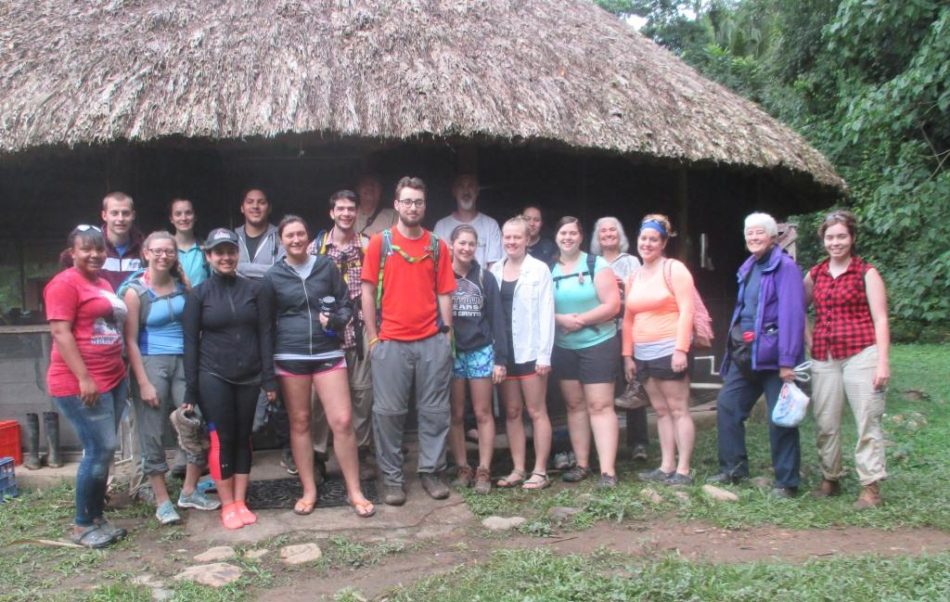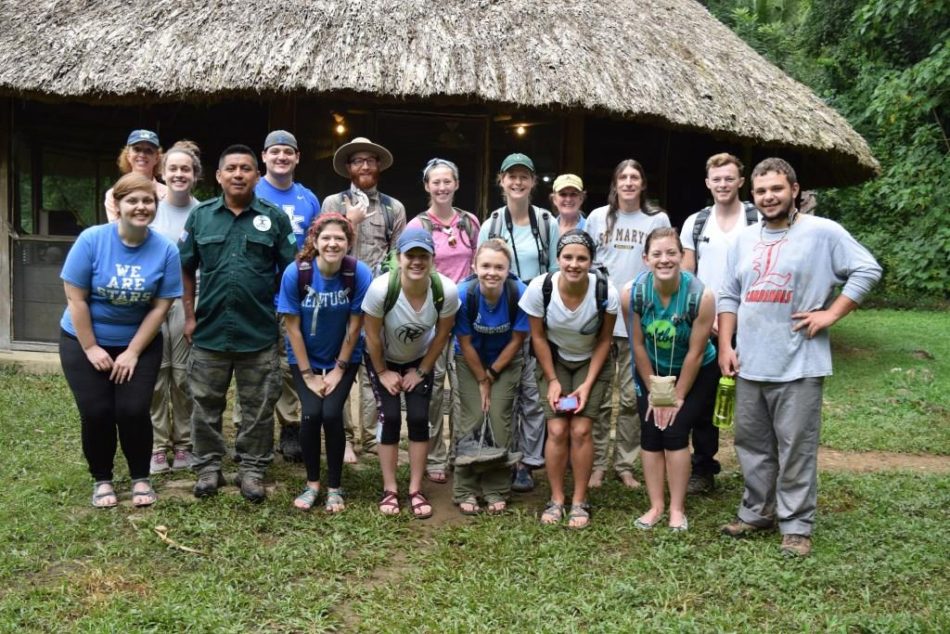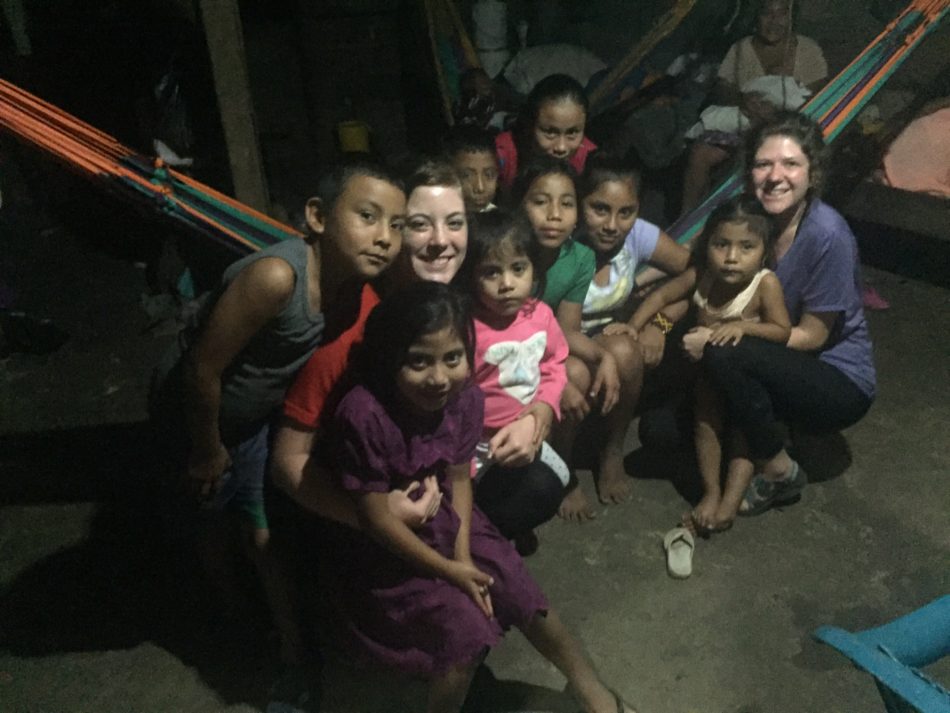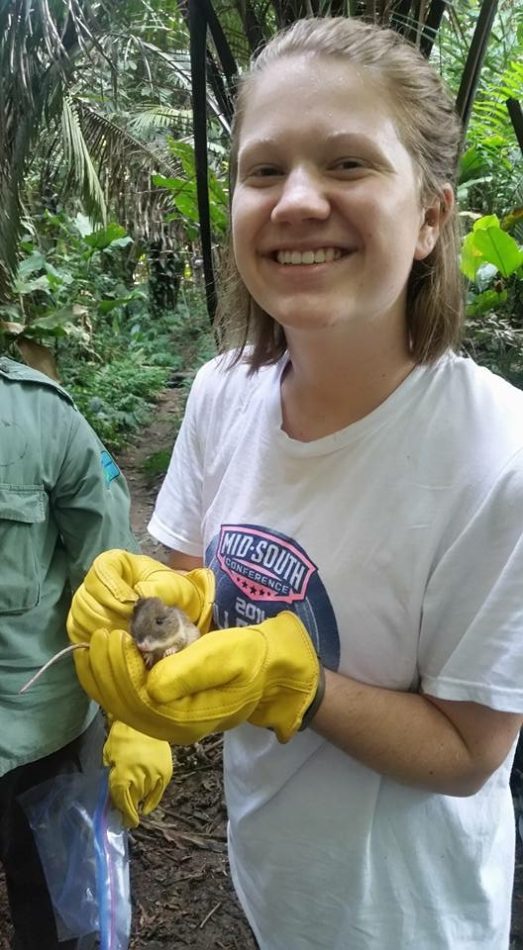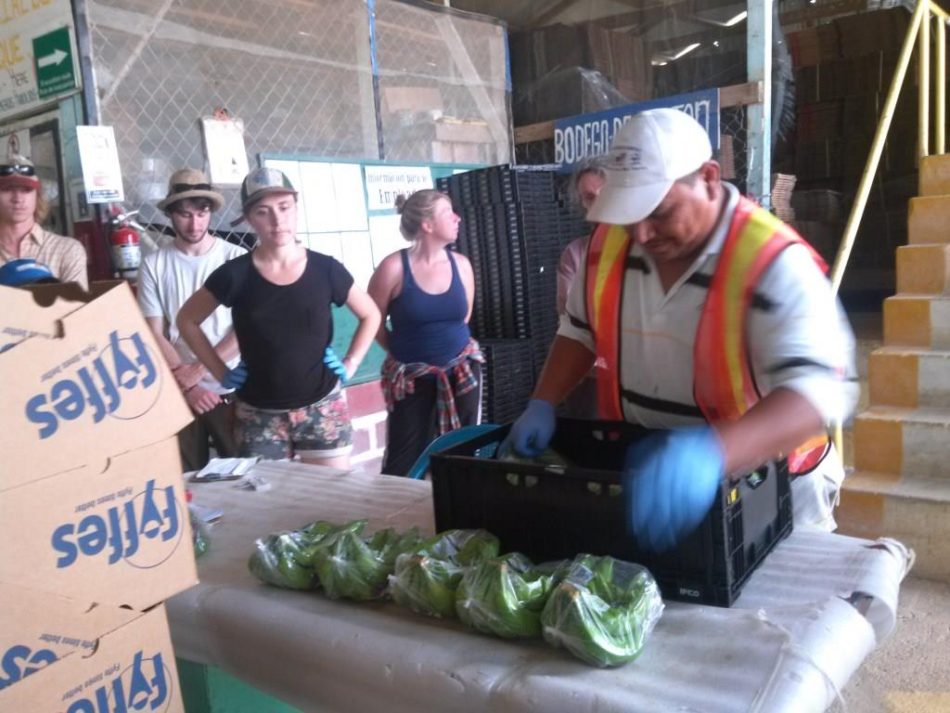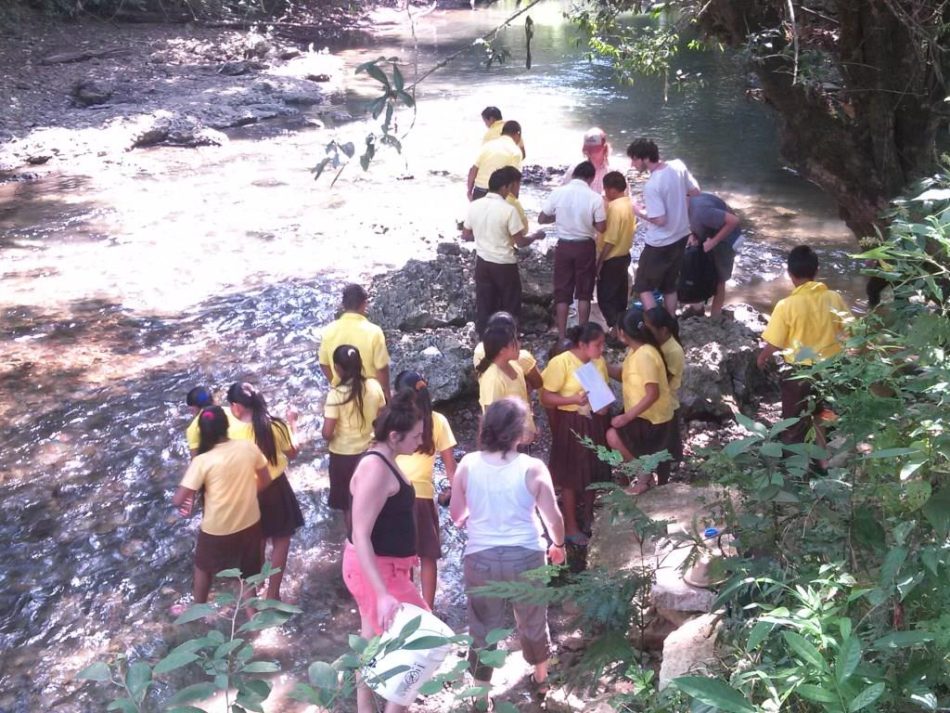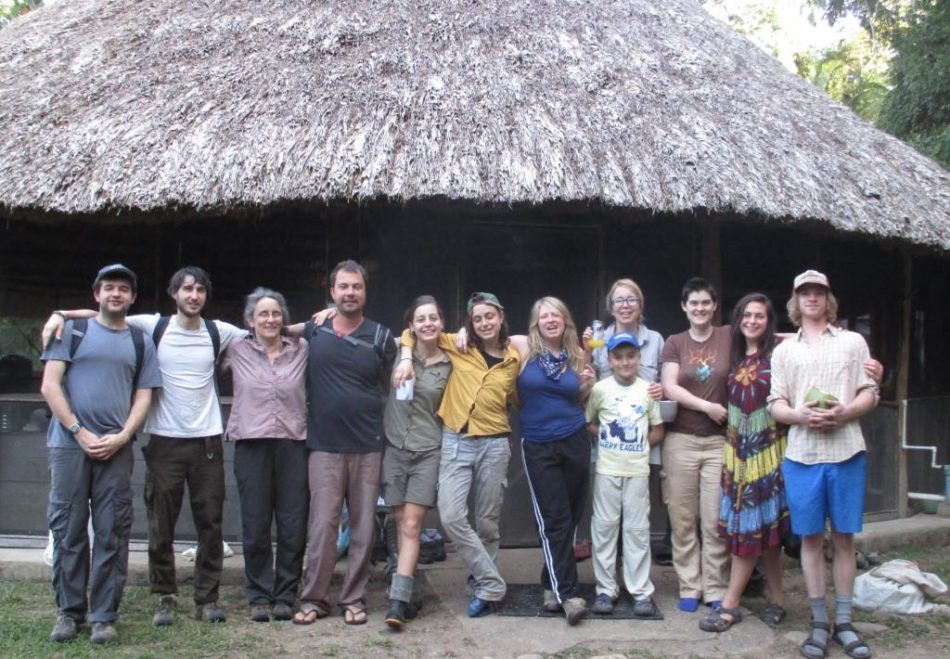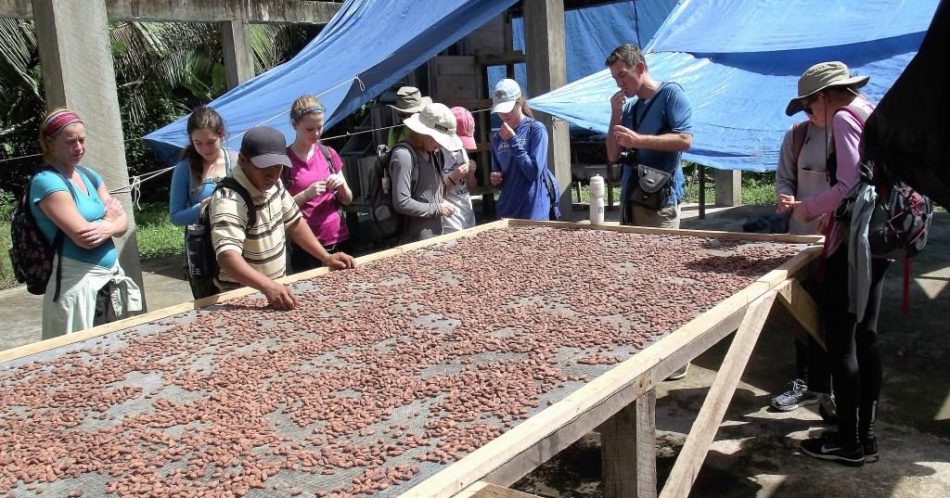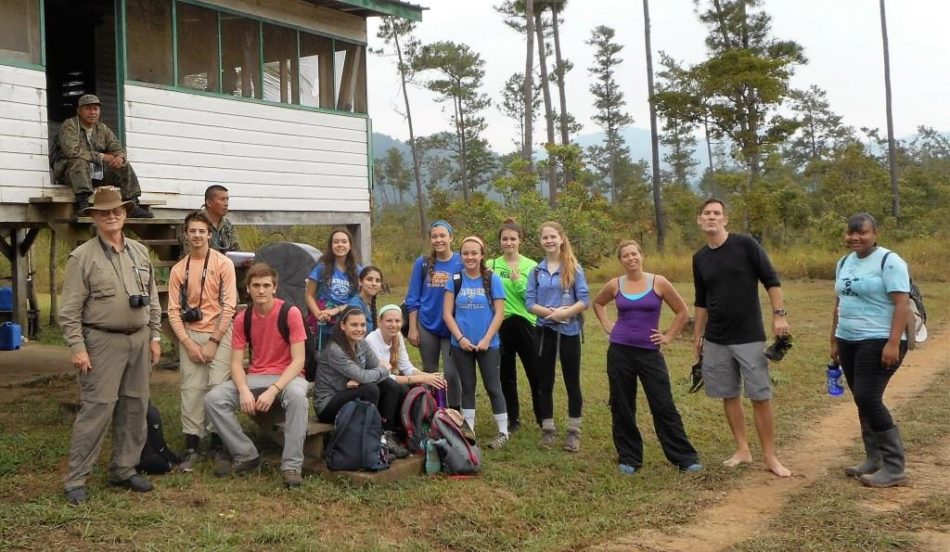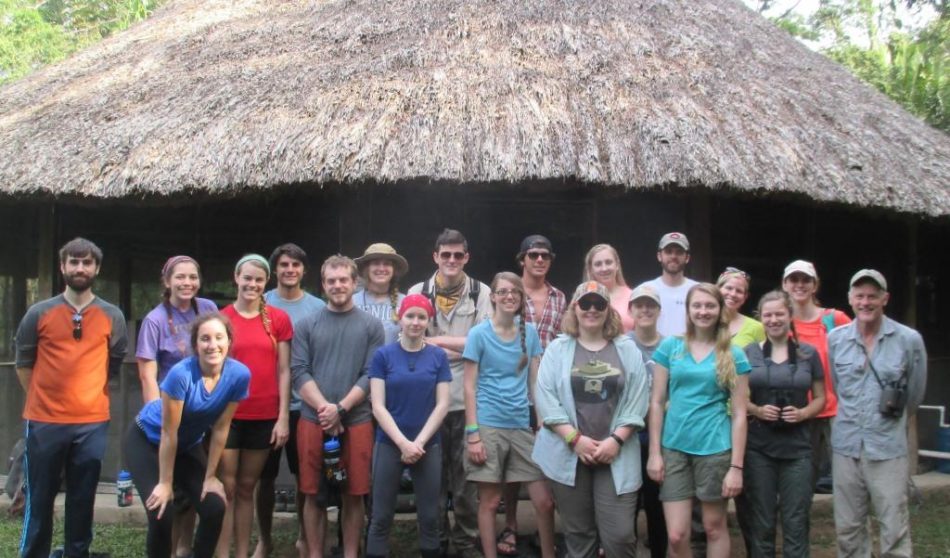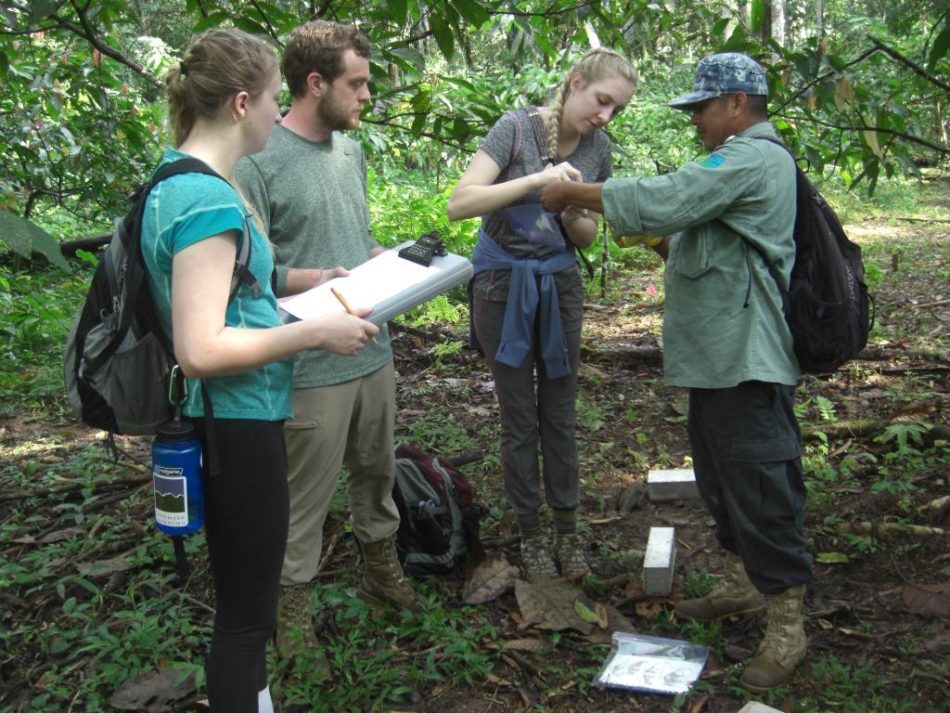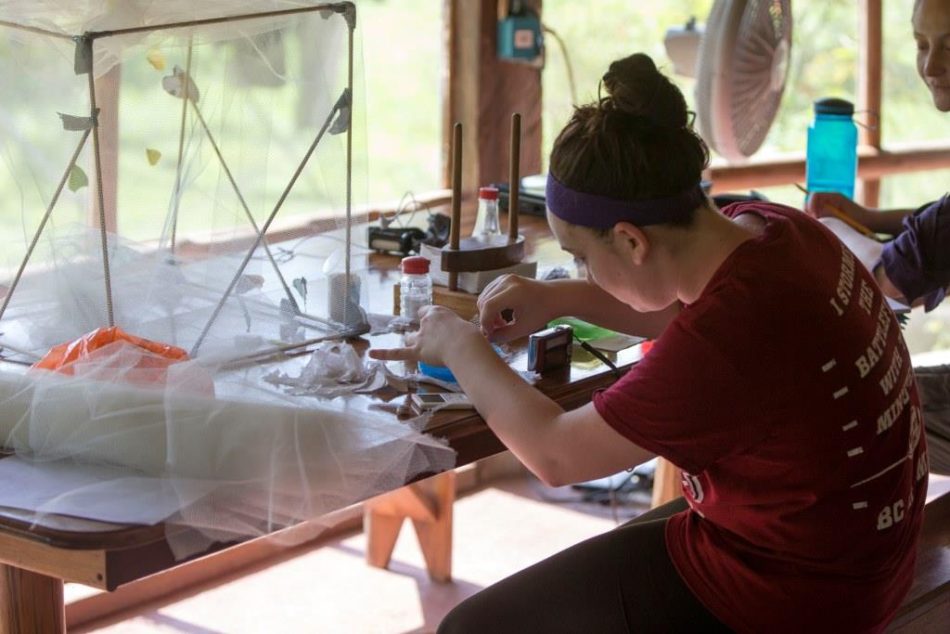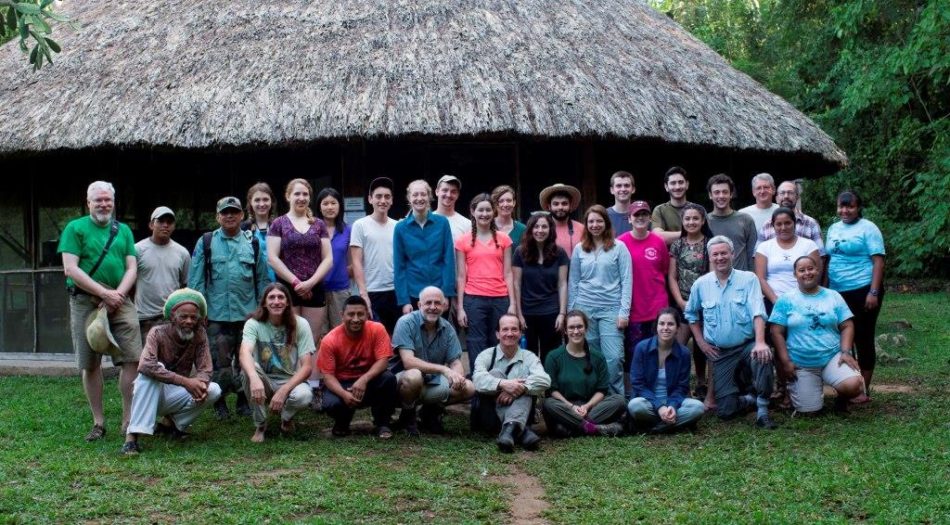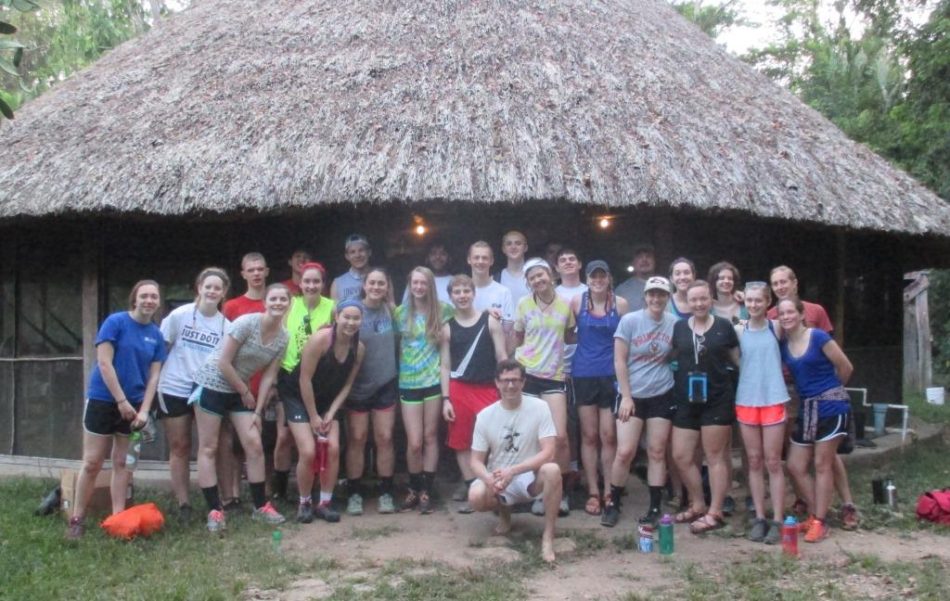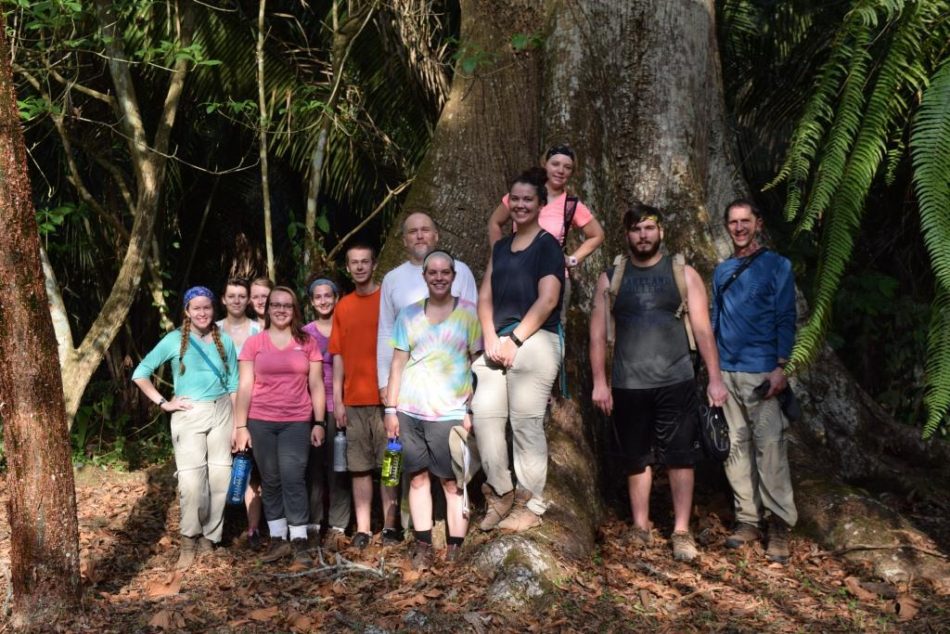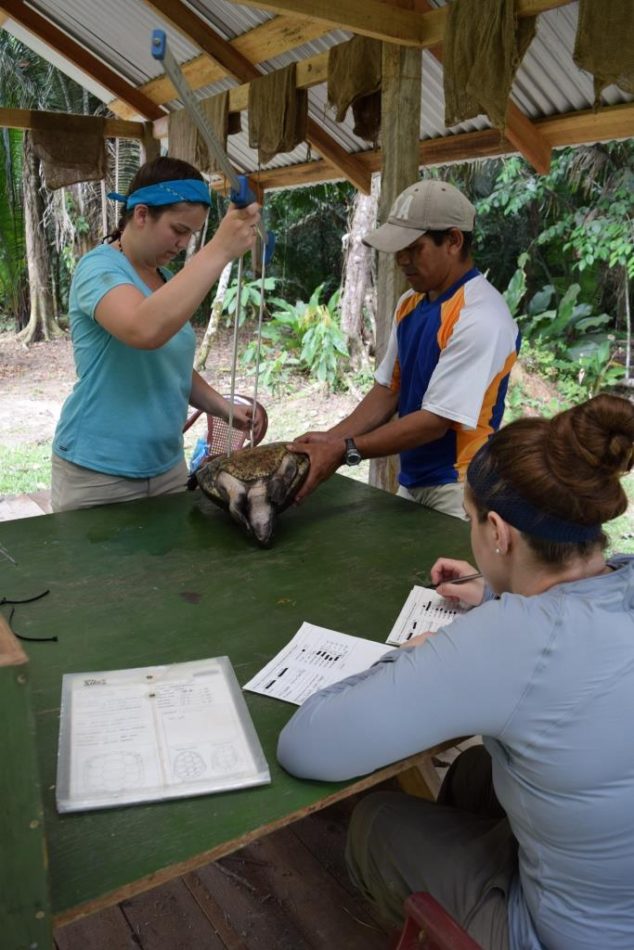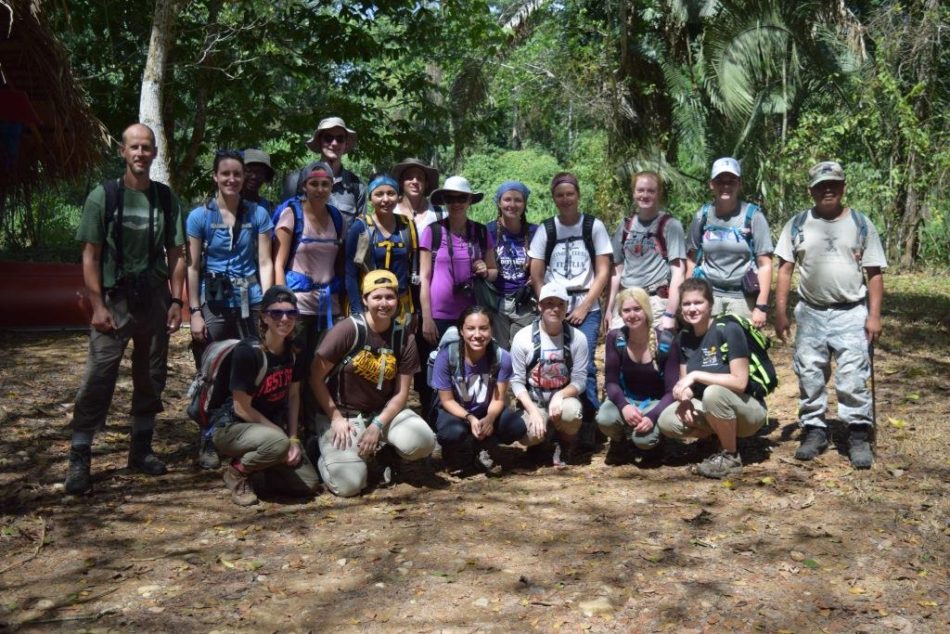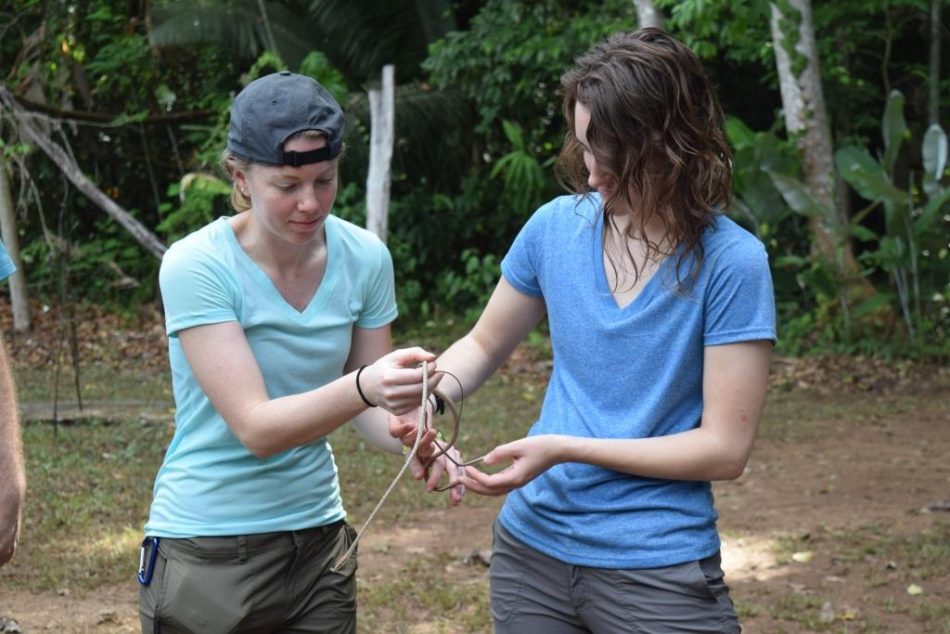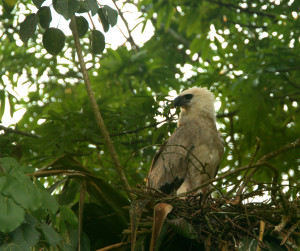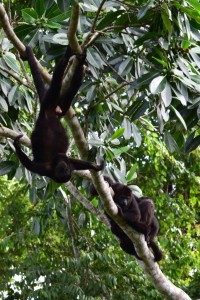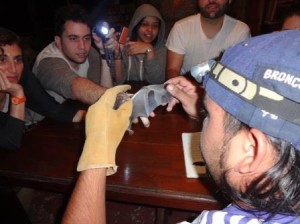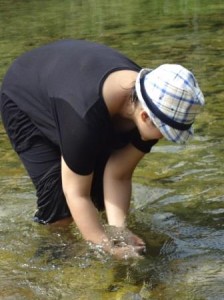2016 Field Courses
BFREE hosted 210 students and instructors through our field courses this season. Groups came from the United States and from within Belize to engage in hands-on learning. While at BFREE, students were introduced to on-going conservation projects at the field station like the Hicatee Conservation and Research Center and the cacao and coffee agroforest. Some students took the opportunity to participate in the Small Mammal Community study established in 2015 and just introduced to field courses this year. They also participated in hikes and river walks to get a feel for the rainforest. For those who stayed long enough, instructors assigned independent projects in which students were tasked with developing research questions and collecting preliminary data – often presenting results on their last evening at BFREE.
When exploring other parts of Belize, students visited banana plantations, participated in cultural homestays, snorkeled at the Belize Barrier Reef, and saw wildlife up close at the Belize Zoo. See below pictures from the first half of the field season.
Visit our Flickr feed for more images!
January
“Eat Locally: Think Globally” led by Amy Treonis and Elizabeth Ransom, University of Richmond
“Biology “ led by Glenn Johnson, SUNY Potsdam
SUNY Potsdam
“Tropical Ecology and Conservation in Belize” led by Sara Ash, University of the Cumberlands
February
“Tropical Ecology” led by Farley Brown and Charlotte Rosendahl, Sterling College
Sterling College leads Golden Stream students in a science experiment. Pic by Nelly Cadle
“Biology” led by Kelly Mahan Etcheverry, Canterbury High School
“Protected Areas in Belize,” led by Abigail Parham Garbutt and Godfrey Arzu, Independence Junior College, Belize
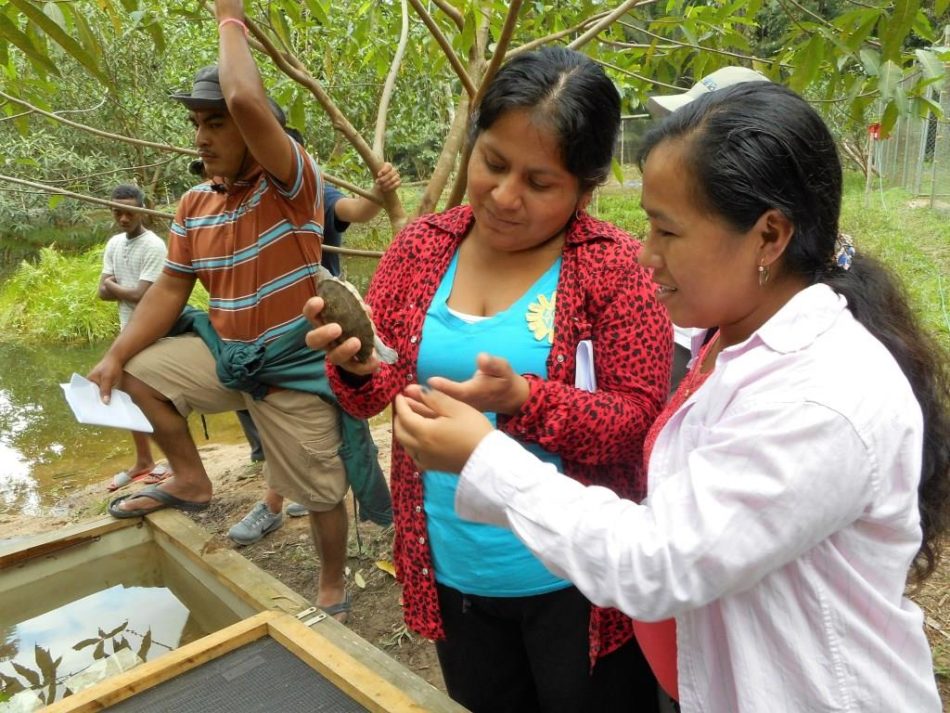
Independence Junior College students visit the Hicatee Conservation and Research Center. Pic by Roger McDaniel
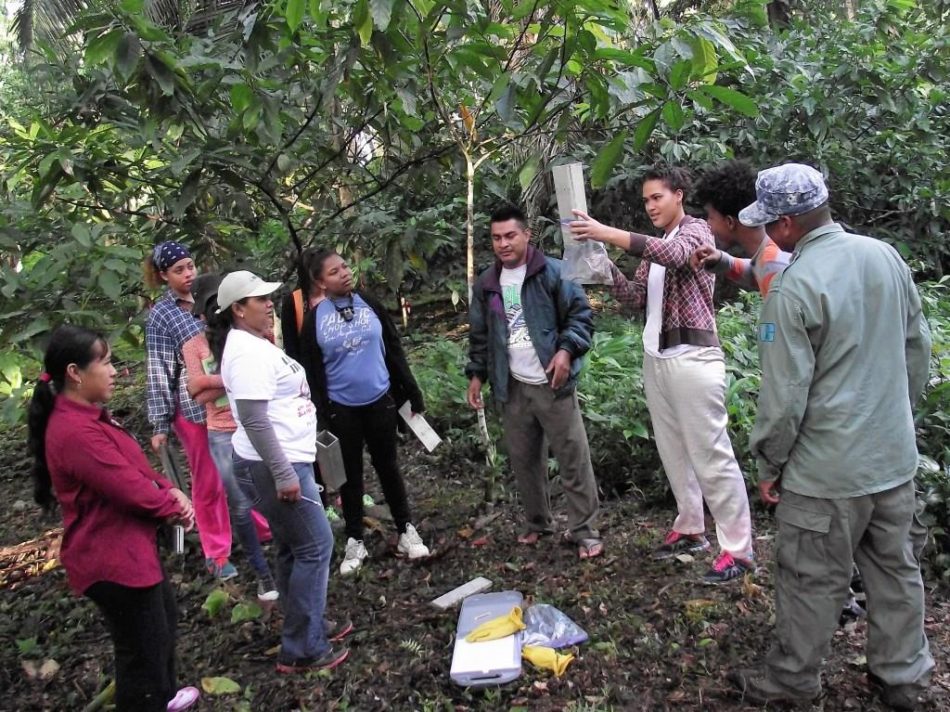
Independence Junior College students participate in the small mammal community study. Pic by Roger McDaniel
March
“Wildlife Biology,” led by Sean Collins, Lees McRae College
“Tropical field Biology,” led by Sean Werle and team, University of Massachusetts, Amherst
Univ of Massachusetts students implemented independent research projects. Pic by Sean Werle
April
“Tropical Ecology,” led by Matthew Brady, Keene High School, New Hampshire
May
“Tropical Biology,” led by Paul Pickhardt and Gregory Smith, Lakeland College, Wisconsin
June
“Tropical Biology,” led by Maarten Vohhof, Western Michigan University

